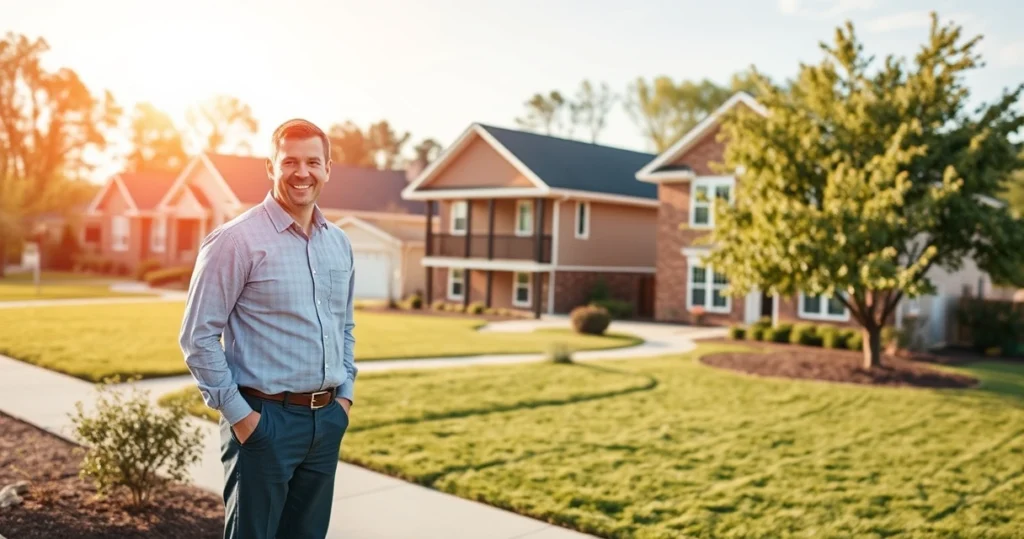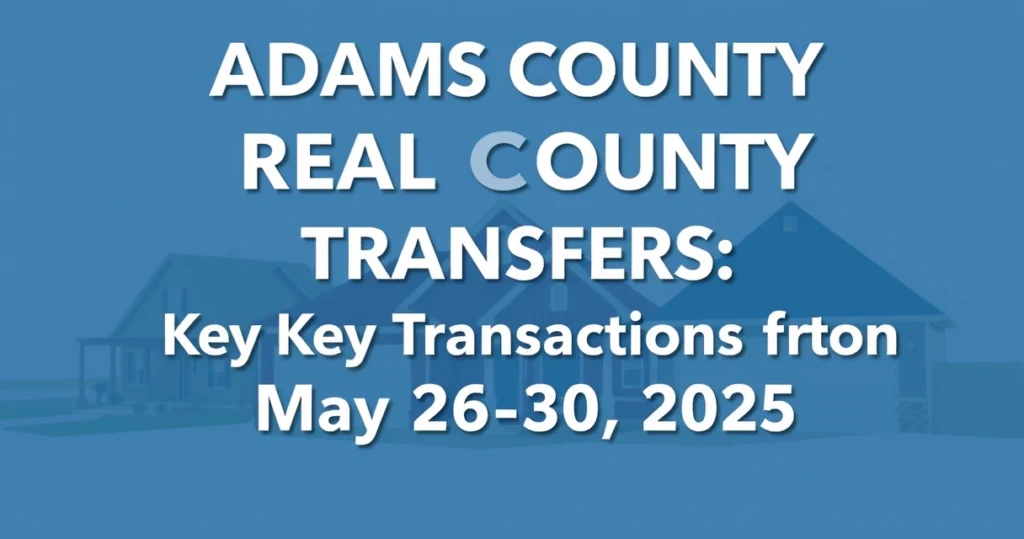Multigenerational Homebuying Soars as Families Unite Against Rising Living Costs
In recent years, the American housing market has witnessed a remarkable shift towards multigenerational homebuying. As families grapple with escalating living costs, older parents and their adult children are increasingly choosing to live under one roof. This trend, driven primarily by Gen X and younger baby boomers, reflects a profound change in the traditional family structure and highlights the need for financial solidarity during challenging economic times.

Multigenerational living arrangements allow families to pool resources, share expenses, and create a support system that can ease the burden of rising housing costs. As inflation continues to impact everyday expenses, including housing, food, and healthcare, families are finding that living together not only reduces financial strain but also fosters a sense of community and family unity. This article explores the factors driving the rise of multigenerational homebuying, the benefits it offers, and the implications for the housing market.
The Rise of Multigenerational Living
Multigenerational living is defined as multiple generations of a family residing together in a single household. Traditionally, this arrangement was more common among immigrant families, but it is now becoming increasingly prevalent across all demographics in the United States. According to recent research, nearly one in five Americans lives in a multigenerational household, a trend that has accelerated in the wake of the COVID-19 pandemic and the subsequent economic downturn.
Demographic Shifts
Gen X, often overlooked in discussions about generational trends, is leading the charge toward multigenerational living. Many members of this generation are now caring for aging parents while also supporting their own children. Younger baby boomers, who are nearing retirement, are similarly seeking housing solutions that allow them to live close to family while maintaining financial stability.
Economic Factors Driving the Trend
The surge in multigenerational homebuying can be primarily attributed to rising living costs. The median home price in the United States has skyrocketed in recent years, making homeownership increasingly unattainable for many young adults. Moreover, the cost of living—encompassing rent, groceries, healthcare, and childcare—has risen significantly, prompting families to seek solutions that allow them to share these financial burdens.
The Benefits of Multigenerational Homebuying
There are numerous advantages to multigenerational homebuying that extend beyond financial considerations. Families choosing to live together can experience a wealth of benefits that enhance their quality of life. Here are some key points to consider:
- Financial Savings: Pooling resources can significantly reduce monthly expenses, including mortgage payments, utilities, and groceries.
- Shared Responsibilities: Family members can divide household chores and caregiving responsibilities, creating a more balanced lifestyle.
- Emotional Support: Living together fosters deeper connections and provides emotional support during challenging times.
- Childcare Assistance: Grandparents or older family members can help with childcare, reducing the costs associated with daycare.
- Increased Security: Having multiple adults in a household can enhance security and provide a sense of safety for all family members.
Financial Implications
One of the most compelling reasons for multigenerational homebuying is the financial relief it provides. By sharing a mortgage, families can afford a larger or more desirable home while keeping individual costs manageable. This communal approach to homeownership is particularly appealing to young adults who may be struggling to enter the housing market on their own.
Cultural Considerations
Multigenerational living is not only a practical solution but also a cultural phenomenon. For many, it is a return to traditional family values where extended families work together to support one another. This cultural shift is particularly evident among Hispanic and Asian communities, where multigenerational living has long been the norm. As more families embrace this lifestyle, it becomes a viable option that reflects changing societal norms.
Challenges of Multigenerational Homebuying
While the benefits of multigenerational homebuying are significant, there are also challenges that families must navigate. Understanding these potential hurdles is essential for ensuring a harmonious living environment.
Space and Privacy Concerns
One of the primary challenges of multigenerational living is finding a home that accommodates everyone’s needs. Families must consider the layout and size of the property to ensure that there is enough space for privacy and personal comfort. Homes with separate entrances, multiple bathrooms, and distinct living areas are often more desirable for multigenerational arrangements.
Family Dynamics
Living with family can sometimes lead to interpersonal conflicts, particularly when it comes to differing lifestyles and expectations. Clear communication and established boundaries are crucial in maintaining a healthy dynamic. Families may benefit from setting ground rules regarding shared expenses, household management, and personal space.
The Future of Multigenerational Homebuying
The trend of multigenerational homebuying is likely to continue as economic pressures persist. As the cost of living continues to rise, families will increasingly seek solutions that allow them to live together, combining financial resources and emotional support.
Impacts on the Housing Market
The growing popularity of multigenerational living is influencing the housing market in several ways. Homebuilders are taking note of this trend, designing properties that cater to multigenerational families. Features such as in-law suites, separate entrances, and flexible floor plans are becoming more common, reflecting the evolving needs of buyers.
Government Policies and Support
As multigenerational homebuying becomes more mainstream, policymakers may also consider developing programs and incentives to support families looking to purchase homes together. This could include tax incentives, grants, or mortgage options that cater specifically to multigenerational households.
FAQs About Multigenerational Homebuying
1. What is multigenerational homebuying?
Multigenerational homebuying refers to the practice of multiple generations of a family living together in a single household. This arrangement can include grandparents, parents, and children all residing in the same home.
2. Why are families choosing multigenerational living?
Families are opting for multigenerational living primarily due to rising living costs, the need for financial support, and the desire for emotional closeness and shared responsibilities.
3. What are the benefits of multigenerational homebuying?
Benefits include financial savings, shared responsibilities, emotional support, childcare assistance, and increased security.
4. What challenges do families face with multigenerational living?
Challenges can include space and privacy concerns, family dynamics, and the need for effective communication regarding shared responsibilities.
5. Is multigenerational living a growing trend?
Yes, multigenerational living is becoming increasingly common in the United States, driven by economic factors and changing cultural norms.
Conclusion
As the cost of living continues to rise, multigenerational homebuying emerges as a practical solution for many American families. This trend not only provides financial relief but also fosters family unity and support. While challenges exist, the benefits of living together can outweigh the drawbacks, making multigenerational living an appealing option for those navigating today’s economic landscape. As we look to the future, it is clear that this lifestyle choice will continue to shape the housing market and redefine traditional family structures in America.
📰 Original Source
Este artigo foi baseado em informações de: https://www.sfgate.com/realestate/article/families-are-sticking-together-multigenerational-20364305.php


